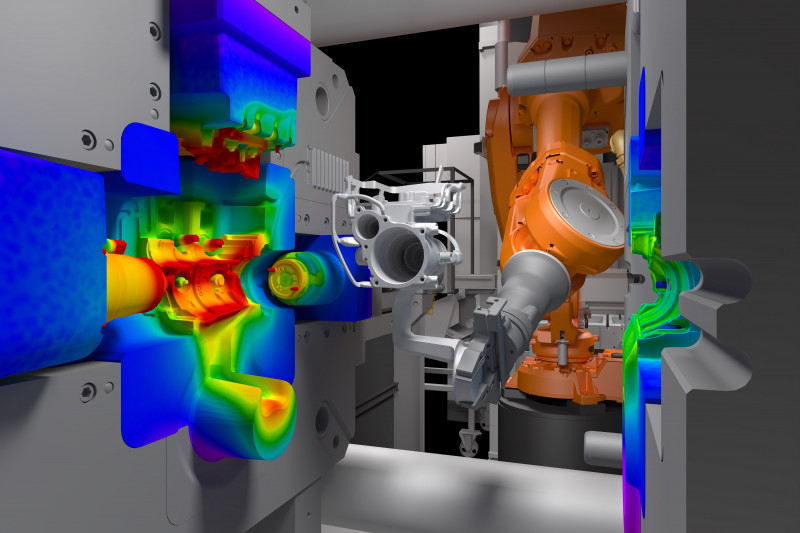Die casting is a popular manufacturing process used to produce complex and high-quality metal parts. It involves injecting molten metal into a mold under high pressure, which solidifies into the desired shape. One of the critical factors in the die casting process is the quality of the mold. In this essential guide, we will explore the key steps and considerations involved in manufacturing high-quality die casting molds.
Step 1: Designing the Mold
The first step in manufacturing a high-quality die casting mold is to design it. The mold design should consider factors such as the desired part geometry, the material being cast, and the production volume. It is crucial to work closely with design engineers and mold makers to ensure the mold design meets all the requirements and specifications. Using advanced computer-aided design (CAD) software can help optimize the mold design and identify any potential issues before manufacturing.
Step 2: Material Selection
Selecting the right material for the die casting mold is essential for ensuring its quality and durability. Common materials used for die casting molds include steel and aluminum alloys. Steel molds are known for their high strength and durability, making them suitable for high-volume production. Aluminum molds, on the other hand, offer faster heat transfer and cooling, making them ideal for shorter production runs. The material selection should be based on factors such as cost, production volume, part complexity, and expected tool life.
Step 3: Mold Manufacturing
Once the mold design is finalized and the material is selected, the next step is to manufacture the die casting mold. The manufacturing process typically involves several steps, including rough machining, heat treatment, finish machining, and surface treatment. Rough machining involves removing excess material from the mold blank, while heat treatment helps enhance the mold’s strength and hardness. Finish machining is performed to achieve the final dimensions and smooth surfaces. Lastly, the mold undergoes surface treatment, such as polishing or coating, to improve its wear resistance and enhance part release.
Step 4: Mold Maintenance
Maintaining the die casting mold is crucial for ensuring its longevity and performance. Regular mold maintenance helps prevent issues such as wear, corrosion, and damage that can affect the quality of the cast parts. Mold maintenance activities include cleaning, lubrication, inspection, and repair. Cleaning removes any contaminants or residues that may accumulate on the mold surfaces, while lubrication helps reduce friction during the casting process. Inspection allows for the early detection of any mold issues, and repairs are performed as necessary to restore the mold’s functionality.

Step 5: Quality Control
Quality control plays a significant role in the manufacturing of high-quality die casting molds. It involves inspecting and testing the mold at various stages to ensure it meets the specified requirements and standards. Quality control activities include dimensional inspection, hardness testing, surface finish evaluation, and mold trial runs. These tests and inspections help identify any defects or deviations from the desired specifications, allowing for timely adjustments and improvements.
Conclusion
Manufacturing high-quality die casting molds requires careful planning, design, material selection, and manufacturing processes. It also involves regular maintenance and stringent quality control. By following the essential steps outlined in this guide, manufacturers can ensure the production of high-quality molds that result in superior cast parts. Investing in the quality of the mold ultimately translates into better product performance, increased productivity, and customer satisfaction.
-

- Магнезиеви леярски части Кормилна колона
-

- Леене под налягане от магнезиева сплав Авточасти Странично стъпало Подложка
-

- Велосипеди за деца Детски велосипеди за 3-16 години Дете /OEM Бебешки детски велосипеди Детски планински велосипеди 2022
-

- OEM производител на леене под налягане произвежда автоматично табло от магнезиева сплав
-

- Части и компоненти за леене под налягане от магнезиева сплав за електрически велосипеди
-

- OEM лети части и компоненти

 0086-750-5616188
0086-750-5616188 +86 13392089688
+86 13392089688 sales@zhongmei-tech.com
sales@zhongmei-tech.com







